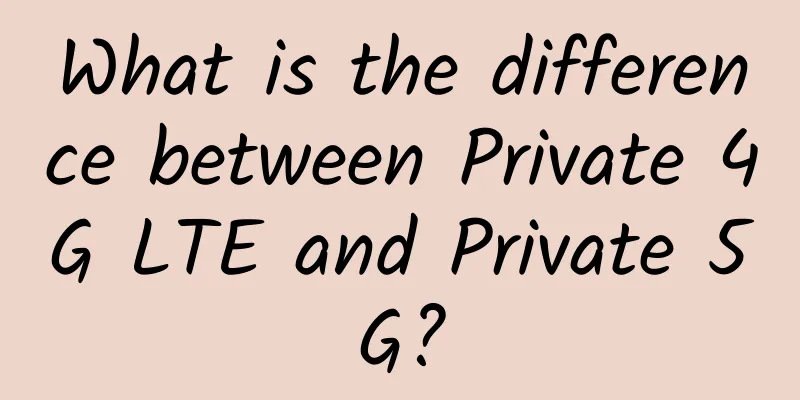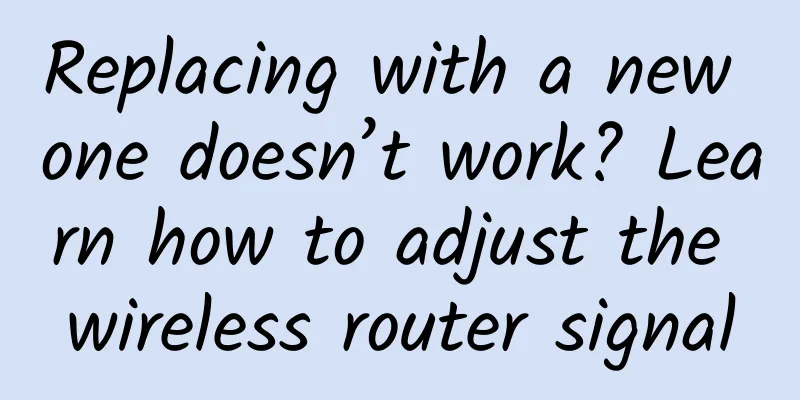What is the difference between Private 4G LTE and Private 5G?

|
Many enterprises are deploying private 4G LTE (short for Long Term Evolution) and private 5G networks to meet use cases where Wi-Fi cannot provide coverage, security, and compatibility with public cellular networks. In 4G LTE and 5G networks, edge devices transmit data via radio waves to a radio access network (RAN) transceiver, which then transmits the message to the core network. The Industrial Internet of Things (IIoT) is one of the most prevalent use cases for private 4G LTE and private 5G networks. 4G LTE and 5G networks are also compatible with public networks, allowing deployment in hybrid multi-access edge computing (MEC) environments. Multi-access edge computing is an evolution of cloud computing that uses mobility, cloud technology, and edge computing to move application hosts from centralized data centers to the edge of the network, bringing applications closer to end users and computing services closer to the data created by the applications. 5G is increasingly moving towards software-defined implementations. This trend is called Network Function Virtualization (NFV). It started with 4G and is becoming more widely used with 5G. Instead of using specialized hardware, ordinary servers are used. An example is the RAN function, which is not implemented with special and expensive hardware devices at the base station, but with standard servers and the software running on them. |
<<: 6G is coming, how will the business change?
>>: I2C case using SHT3x-DIS temperature and humidity sensor
Recommend
How to integrate network management tools
In the process of curbing the proliferation of ne...
What the hell are the three-way handshake and the four-way wave?
[[382042]] This article is reprinted from the WeC...
Is 5G ready for IoT?
5G is finally here. But what are the benefits of ...
The speed can reach 10,000 times that of 5G, and the official interpretation of 6G is here
In the era of mobile Internet, whoever has more a...
Digital expansion accelerates, F5 creates ubiquitous and precise security protection
As the digital transformation of various industri...
CommScope launches new access point portfolio to accelerate enterprise-class Wi-Fi 6 adoption
Shanghai, China, June 9, 2020 – CommScope recentl...
[Closed] NextArray: $1.99/month KVM-1GB/10GB/1TB/Portland Data Center
[Closed] NextArray has added three new US nodes th...
Increase power consumption? US operators recommend users turn off 5G networks to save power
Currently, 5G construction is in full swing aroun...
Huawei and Yingke jointly launch the petrochemical smart factory 2.0 construction platform
Huawei (hereinafter referred to as Huawei), a lea...
Three major development trends of outdoor wireless networks in 2021
As the extraordinary year of 2020 draws to a clos...
FCC votes to approve new round of 5G auction: once reserved for the US military
The Federal Communications Commission (FCC) voted...
What is UTP Cable?
The Internet plays a key role in our daily lives,...
5G and manufacturing advantages: optimism tempered
5G-enabled factories will have the ability to mai...
Artificial intelligence builds an iron wall of network security
Every moment, thousands of scientists around the ...
Key Points in CCIE Exam - MPLS VPN Technology
MPLS VPN technology is a key point in the CCIE ex...









